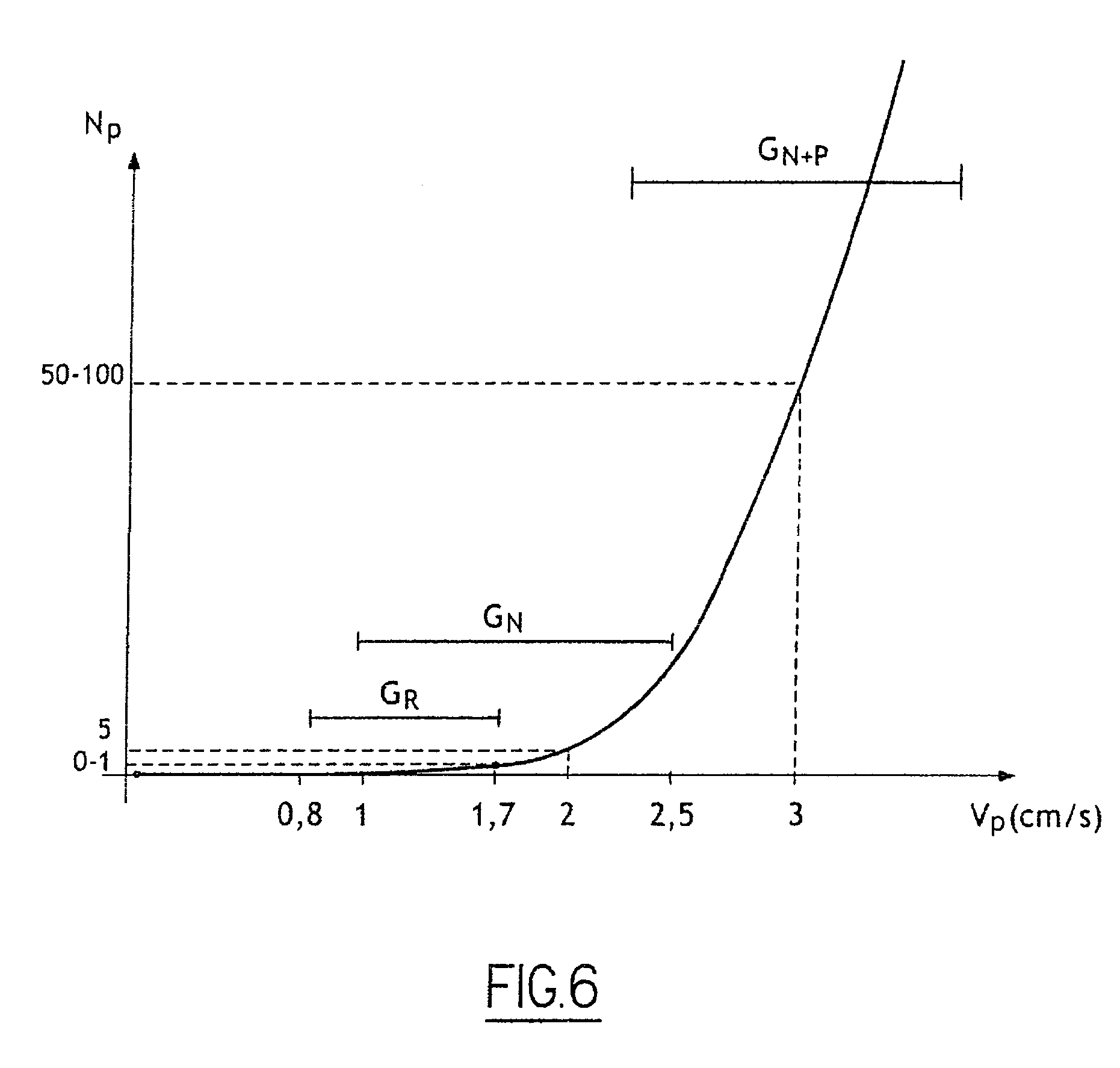Process and equipment for bonding by molecular adhesion
a technology of molecular adhesion and equipment, applied in the direction of packaging, transportation and packaging, paper/cardboard containers, etc., can solve the problems of edge type defects, no component can be manufactured, edge type defects, etc., to improve the bonding speed, facilitate bonding, and correct the disadvantages of the state of the art
- Summary
- Abstract
- Description
- Claims
- Application Information
AI Technical Summary
Benefits of technology
Problems solved by technology
Method used
Image
Examples
second embodiment
[0053] Rather than heating, additional techniques can be used to modify the surface(s) of the substrate to be bonded. Certain aspects, again preferred though non-limiting, of this second embodiment of this process are the following: [0054] modification of the surface state is effected by roughing the surface: [0055] the modification step of the surface state includes forming a rough surface layer on one or both of the substrates to be bonded; [0056] to form the rough layer, the process comprises a thermal oxidation operation of one or both of the substrates so as to form a thermal oxide layer thereon and an operation for treating the thermal oxide layer adapted to etch the oxide layer: [0057] treatment of the thermal oxide layer can be accomplished by other chemical treatments rather than etching; [0058] the layer of thermal oxide is a layer of SiO2 and the chemical treatment is SC1 treatment conducted at a temperature of between 50° C. and 80° C. over a period of longer than three ...
first embodiment
[0070] this means in particular to control the quantity of water adsorbed at the surface, and more precisely to decrease, without completely eliminating all the same, the thickness of the layer of water adsorbed relative to the thickness of the layer of water normally adsorbed. In other terms, this means to reduce the number of monolayers of water adsorbed at the surface. Bonding by molecular adhesion is also known as direct bonding, because it concerns bonding not requiring the application of an adhesive (of gum or other glue type). It is really the water adsorbed on each of the surfaces (several monolayers of water) and placed in contact which acts as adhesive and ensures adhesion by means of Van der Waals force. For this reason, it was previously considered that several monolayers of water must be present on the surface in order to obtain good molecular bonding.
[0071] Within the scope of this first embodiment, the surface state of a substrate is modified, and the propagation spe...
PUM
| Property | Measurement | Unit |
|---|---|---|
| speed | aaaaa | aaaaa |
| speed | aaaaa | aaaaa |
| speed | aaaaa | aaaaa |
Abstract
Description
Claims
Application Information
 Login to View More
Login to View More - R&D
- Intellectual Property
- Life Sciences
- Materials
- Tech Scout
- Unparalleled Data Quality
- Higher Quality Content
- 60% Fewer Hallucinations
Browse by: Latest US Patents, China's latest patents, Technical Efficacy Thesaurus, Application Domain, Technology Topic, Popular Technical Reports.
© 2025 PatSnap. All rights reserved.Legal|Privacy policy|Modern Slavery Act Transparency Statement|Sitemap|About US| Contact US: help@patsnap.com



